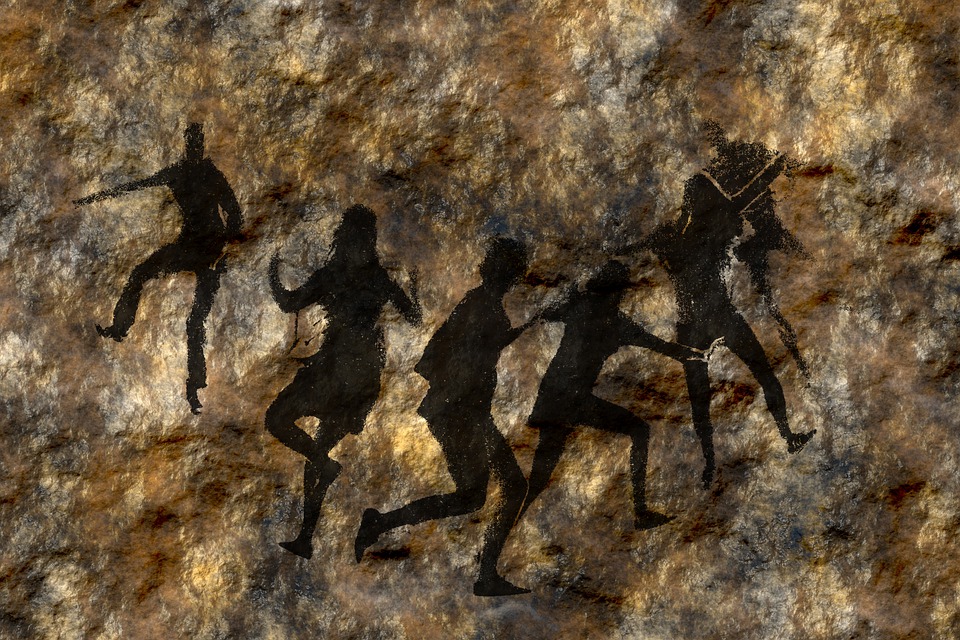
What was the mesolithic period?
The Mesolithic is the prehistoric period between the Paleolithic and the Neolithic, which would be the intermediate stage of the Stone Age. In fact, its name means “intermediate stone” (from the Greek mesos , “intermediate,” and lithos , “stone”).
The term was coined by the British banker and researcher John Lubbock (1834-1913) in his work Prehistoric Times (1895). At that time it was thought that the Mesolithic had only been a transitional stage between the other two, and therefore had no major importance.
However, studies from the beginning of the 20th century revealed that in this period there was an undeniable cultural continuity in the processes begun in the Early Stone Age, which is why a new term was necessary: the Epipaleolithic or Subneolithic . There is still debate about what name to use, or even whether these terms designate the same thing or not.
In the same way as the Paleolithic and the Neolithic, the Mesolithic is part of human prehistory, that is, the enormous period of time that elapsed from the origin of the species Homo sapiens, until the invention of writing (which formally begins the history ).
How does the Mesolithic period begin?
The Mesolithic begins at the end of the Paleolithic, around 12,000 years BC. C., with the transition from the Pleisocene to the Holocene. Its initial event is the appearance of producer life models, instead of hunters and gatherers, in some geographies of our planet.
It was a preview of what later constituted the so-called Neolithic Revolution. In fact, there are authors who consider that there was a true “Mesolithic Revolution” in that sense.
Similarly, the Mesolithic ended around the year 5,000 BC. C., when the formal entry into the Neolithic occurred with the adoption of agriculture and a sedentary lifestyle.
General characteristics of the Mesolithic
In the Mesolithic, circular tents were created.
Mesolithic humans were fundamentally nomadic, dependent on the exploitation of nearby resources. However, it used summer settlements and shelters during the winter, adapted to the climatic conditions and therefore took a step towards a sedentary lifestyle.
It is common in archaeological remains from this period to find circular tents. These temporary homes had silos or warehouses of collected wild grains nearby, or primitive cemeteries.
The first indicates a change in the traditional diet, which moves away from the hunter/gatherer model, and the second the presence of funeral rites linked to the land and, therefore, with the sense of belonging to it.
Mesolithic climate
The Mesolithic coincides with the last moments of the last glacial period, so it was a period of global warming and expansion of forests. A tropicalized and humid climate predominated.
There was also growth of the steppe or desert belts at the equatorial level, and this led to the extinction of many species typical of the Pleistocene, while other animals migrated towards the more northern regions. Many of them had forest habits and were not very gregarious (that is, they did not form a pack), being therefore much more difficult to hunt.
Mesolithic economy
The diversification of the diet required the manufacture of new tools.
Mesolithic humanity still depended enormously on hunting, fishing and gathering. However, the conditions of climate change and the restriction of available resources brought about the need to produce food.
Thus the first steps were taken towards the appearance of agriculture, and the domestication of animals, such as the goat, abundant in the Near East, or the dog, the first domesticated animal in history, and which constituted an ideal hunting companion.
However, there was an important diversification of the diet, which included snails, roots, open sea fish, shellfish, etc. This in turn required the production of new tools and implements, based on materials such as bone, wood, animal tendons and the like.
On the other hand, the first vestiges of hierarchization and stratification in the populations come from this time, which increased in the coming periods.
Mesolithic art
Mesolithic art featured signs and arrows.
During the Mesolithic, there was an abundance of post-Paleolithic art, which expressed new motifs in the face of a changing world and which was very difficult to date. It usually consists of parietal art and personal objects.
It was characterized by the appearance of geometric shapes and a certain rationality. This rock art already exhibits schematic shapes to represent movement, along with symbols and signs such as arrows, suns or points.